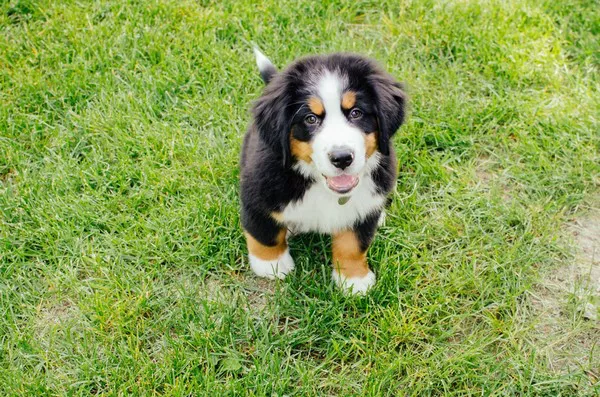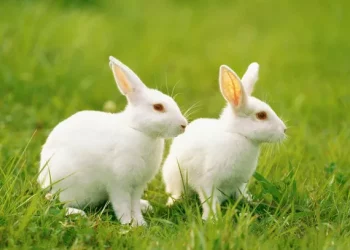Guinea pigs are delightful pets that bring joy and companionship to many households. Ensuring their well-being requires more than just proper nutrition and a clean habitat. Mental stimulation and physical activity are equally important, and providing appropriate toys can greatly enhance their quality of life. This complete guide explores the best types of toys for guinea pigs, helping owners make informed decisions to keep their pets happy, healthy, and engaged.
Why Toys Are Important for Guinea Pigs
Toys are essential for guinea pigs because they encourage exercise, mental stimulation, and natural behaviors. Without toys, guinea pigs may become bored or stressed, leading to unhealthy habits such as excessive chewing on cage bars or lethargy. Toys provide opportunities for exploration, play, and problem-solving, which are critical for their overall happiness and development. They also help prevent obesity by promoting movement and contribute to dental health through safe chewing options.
Key Features to Look for in Guinea Pig Toys
When selecting toys for guinea pigs, safety is the top priority. Toys should be made from non-toxic materials free of harmful chemicals or dyes. They must be durable enough to withstand chewing but not so hard that they damage teeth. The size of the toy should be appropriate for guinea pigs—too small can be a choking hazard, too large may intimidate them. Additionally, toys should encourage natural behaviors such as hiding, foraging, and chewing.
Materials Safe for Guinea Pig Toys
- Untreated wood: Perfect for chewing and climbing.
- Paper and cardboard: Great for shredding and nesting.
- Natural fibers: Such as hay-based or sisal items.
- Safe plastic: Hard plastics without small detachable parts.
Avoid toys with painted surfaces, metal parts prone to rust, or sharp edges.
Types of Toys Suitable for Guinea Pigs
Guinea pigs benefit from a variety of toy types designed to meet different needs including physical activity, mental engagement, and comfort. Below are some popular categories:
1. Chew Toys
Chewing is a natural and necessary behavior for guinea pigs to keep their teeth healthy and trimmed. Chew toys made from safe materials like untreated wood, apple sticks, and hay-based items satisfy this instinct and prevent destructive chewing elsewhere.
2. Tunnels and Hideouts
Guinea pigs love to hide and explore. Providing tunnels, tubes, or small houses made from safe wood, fabric, or plastic offers them a sense of security and an opportunity for active play. These hideouts also reduce stress by allowing guinea pigs to retreat and feel safe.
3. Foraging Toys
Foraging encourages natural feeding behavior and mental stimulation. Toys that require guinea pigs to search for hidden treats, such as puzzle feeders or hay racks, keep them engaged and prevent boredom.
4. Exercise Wheels and Balls
Unlike some small animals, guinea pigs generally do not use exercise wheels or balls. These items can cause injury or stress and are therefore not recommended. Instead, focus on toys that encourage natural movement like tunnels or obstacle courses.
5. Soft Bedding and Comfort Toys
Soft toys and bedding materials made from fleece or cotton provide comfort and warmth. While not technically “toys,” these items contribute to a guinea pig‘s emotional well-being and can be combined with interactive toys for enrichment.
Top Recommended Toys for Guinea Pigs
Based on safety, durability, and enrichment value, here are some of the best toy options for guinea pigs:
- Applewood Chew Sticks: Natural and safe for teeth grinding.
- Hay Tunnels: Made from dried grass, great for hiding and chewing.
- Cardboard Boxes: Simple and affordable tunnels or hideouts.
- Paper Roll Treat Holders: Encourage foraging and curiosity.
- Fleece Snuggle Sacks: Provide warmth and comfort.
Owners should rotate toys regularly to maintain interest and inspect them for wear or damage to prevent hazards.
DIY Toy Ideas for Guinea Pigs
Creating homemade toys can be a cost-effective way to provide enrichment. Using household items, owners can craft safe, stimulating toys:
- Toilet Paper Roll Maze: Connect multiple rolls to make tunnels.
- Paper Bag Hideout: A simple, disposable hiding spot.
- Hay Ball: Stuff hay inside a clean, non-toxic ball cage.
- Cardboard Chew Blocks: Cut and stack cardboard pieces.
Always ensure DIY toys are free from glue, staples, or toxic materials.
How to Introduce Toys to Your Guinea Pig
Introducing new toys should be gradual and stress-free. Start by placing the toy inside the enclosure without forcing interaction. Observe your guinea pig’s behavior and allow exploration at their own pace. If they show interest, reward with gentle praise or treats to reinforce positive association. Avoid overwhelming the pet with too many toys at once; one or two new items at a time work best.
Safety Tips for Using Toys with Guinea Pigs
To keep playtime safe, follow these important guidelines:
- Inspect toys regularly for damage or loose parts.
- Avoid small or easily breakable pieces.
- Remove any toy that causes stress or aggressive behavior.
- Clean toys made from fabric or natural materials regularly.
- Supervise playtime with unfamiliar or new toys initially.
Safety ensures that toys remain a source of fun and enrichment, not harm.
Signs Your Guinea Pig Enjoys Their Toys
Recognizing when a guinea pig is engaged with a toy helps owners choose the best options. Signs include:
- Frequent interaction with the toy.
- Chewing or nibbling on chew toys.
- Exploring tunnels or hideouts.
- Searching for treats in foraging toys.
- Happy vocalizations or playful behavior.
If your guinea pig ignores a toy, try a different style or material.
Common Mistakes to Avoid When Choosing Toys
To prevent issues, avoid these common errors:
- Choosing plastic toys with small parts.
- Giving exercise wheels designed for other rodents.
- Overloading the cage with too many toys.
- Using toys treated with paint or chemicals.
- Ignoring signs of wear and tear.
Being mindful helps create a safe and enjoyable environment.
The Role of Playtime Beyond Toys
While toys play a crucial role, social interaction and cage setup also contribute to enrichment. Regular gentle handling, interaction with other guinea pigs if possible, and a spacious, stimulating environment with fresh hay and hideouts enhance mental and physical health. Toys complement but do not replace these essential factors.
Conclusion
Providing appropriate toys for guinea pigs is vital for their mental stimulation, physical health, and overall happiness. Safe chew toys, tunnels, and foraging devices are among the best options to meet their natural needs. Owners should prioritize safety, variety, and gradual introduction while observing their pets’ preferences. By following this comprehensive guide, guinea pig owners can create a rich and fulfilling environment that supports the well-being of their beloved companions.
Related Topics:






















